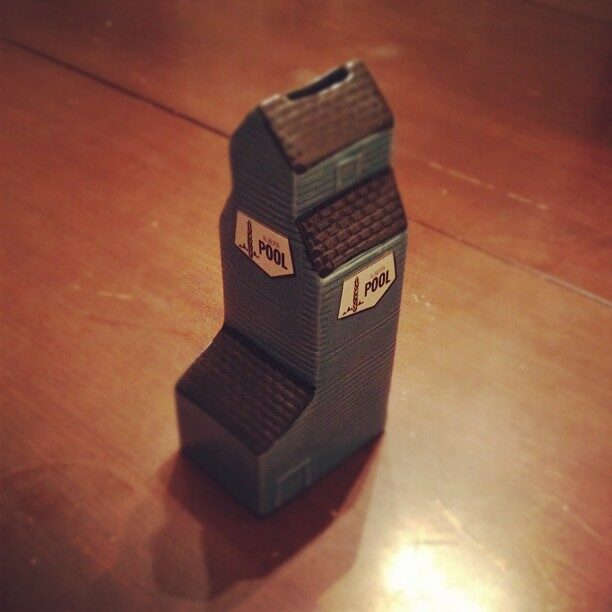It seems we can’t find what you’re looking for. Perhaps searching can help.
Forgotten Alberta
Chronicling the pioneer-era people and places of the southern Alberta drybelt since 2009. Alberta Heritage Resources Foundation Heritage Awareness Award recipient.
